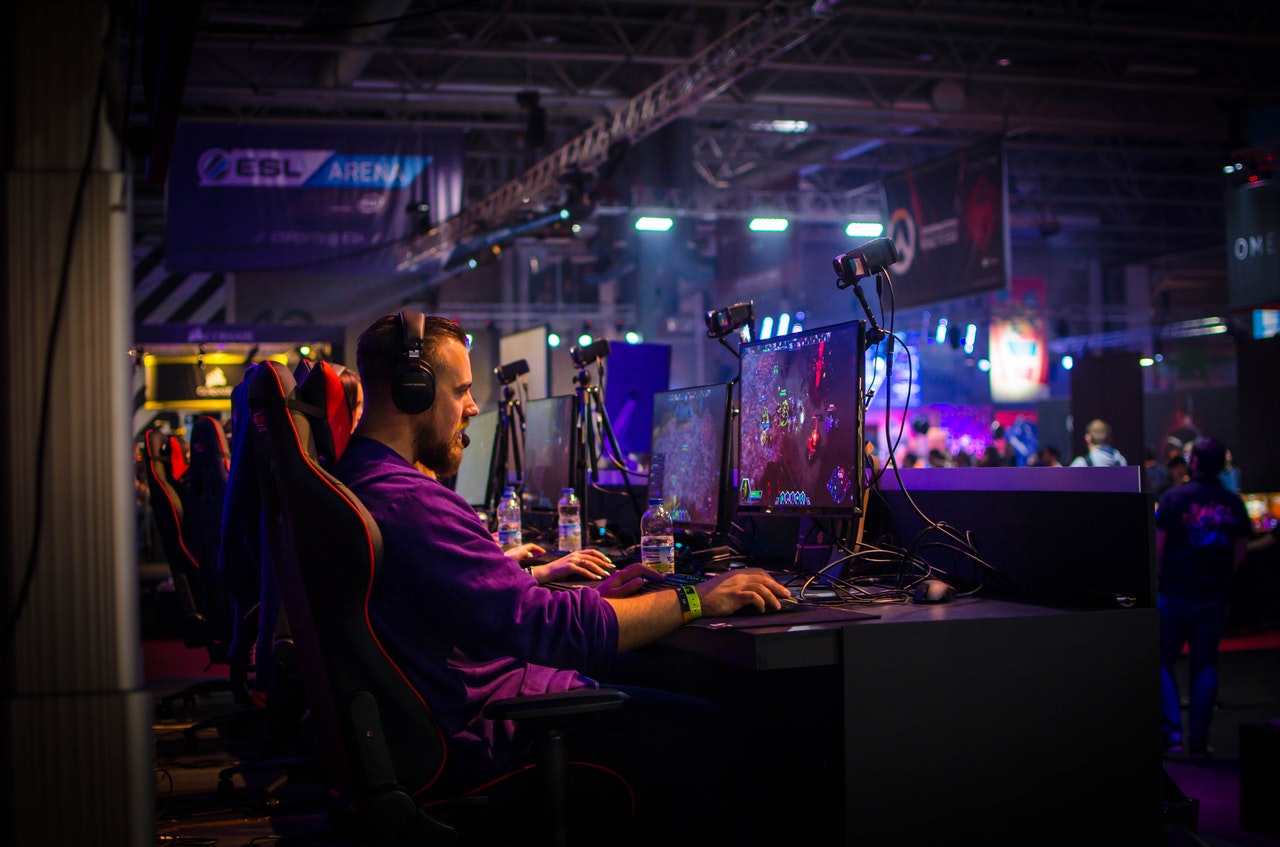Hello, fellow industry people.
This past month the industry was rocked a bit by the Micro Transaction Scandal at Electronic Arts, where EA’s venerable Star Wars: Battlefront II went from being a largely micro-transaction based revenue product to suddenly NOT, and where Take Two recently announced that ALL its future games would have micro-transactions in them.
But first, let’s review the situation while we’re 5-by-5.
On November 12th, EA responded to user complaints on Reddit that the new Star Wars: Battlefront II game was virtually withholding giant tracts of the game from retail purchasers, locking critical story and characters behind a paywall. In the response, some poor EA Customer Service person parroted the company’s PR line about the value that consumers would enjoy from the game and how the paywall was a good thing.
And that went down about as well as the Titanic.
In what is sure to be internet infamy, the Reddit post from EA had now become the mostdownvoted Reddit post of all time, and such negative PR pushed the story into national news, including CNN, Time, and CNBC. EA supposedly lost several points of market cap value as a direct result of this blunder.
EA has since suspended all virtual currency operations in the game for now, and despite the massive negative publicity, I suspect EA will still sell every copy of Star Wars Battlefront II they can make in the quarter. In parallel News, Take Two announced that their micro-transaction experience in games like NBA 2K and GTA Online was such a good experience that the company was going to make micro-transactions available in all their games moving forward.
Quite a last few weeks.
Before I delve into this, let’s look in the mirror and be honest with ourselves about three important facts:
- Video game console software has sold for USD$60 since the early 90’s. This means, in inflation-indexed dollars, games have gotten cheaper over time. If we adjusted for inflation, the $60 game in 1990 would be $115 in 2018.
- Mobile games that employ free-to-play mechanics are poised to make more money than every other type of games software in the coming quarters for the first time.
- Many people on the console side are jealous of the monetization of Mobile.
If you disagree, I welcome your thoughts.
However the cookie crumbles, it’s evident that console software keeps getting beat up over time on pricing and value proposition which many mobile games escape. Why? I think a large part of it is the free-to-play buy as you go nature of mobile.
True free-to-play systems balance the dynamic between in-game grind for rewards and level progression against the needs of the title to generate revenue. Consumable purchases, intended to give the player the ability to skip the black hole of grind time, are sold at an array of price points across the spectrum. If you’re a gamer with a lot of time on your hands, well grind away and progress! But if you’re like many people and value your time, eventually — in higher and higher levels of progression – you just don’t have the kind of free time to grind endlessly. So, you’ll buy into the game’s micro-transactions because you want to play the game and your time is more valuable than a few dollars per hour of play.
The problem with adding this style of monetization to a $60 console title is that the gaming public got used to the price of a console game being an all you can eat proposition. You pay once, you can play endlessly and as often as you like — your character dying, being revived, and dying again. You could have countless hours of “replayability” and fun trying to solve the same puzzle problem lots of different ways (incredible fun in FPSs), and you only paid a single entry fee.
However, without upward price movement of console games, fewer games came resulting in each game could be selling more copies to increase per-product profits. With more units sold required to hit IRR targets, console stories and mechanics had to become a little dumbed down to for the needs of an increasingly broader audience. Could Pa-Rappa the Rapper or Seaman (from Dreamcast days) honestly survive as a console title today?
Console consumers bought into this smorgasbordpricing.
It cannot continue this way.
The impact on content and single-game viability is such that, as an industry, we need lots of monetization options to make back game project investments. Many console consumers have tasted, and some enjoy in parallel, games on their phones that are free-to-play while remaining faithful to their consoles. To the point – deserving content needs to be priced right and to think that everynew console release fits into either a premium or a classic pricing tier is crazy.
Instead, we should be thinking of ways to reduce the cost of console games at retail by incorporating micro-transaction economics into product P&Ls. Think of it this way: how many more copies of Star Wars: Battlefront II could EA have sold at a $40, $30, or even $20 price point if they could price in the expected Customer lifetime value of all those DLCs and micro-transactions? I think it would be a whole lot more. In fact, EA is likely leaving Money on the table by not being more aggressive with their micro-transaction ideas and putting out a competitively priced retail SKU.
One thing is for sure. Micro-transactions are here to stay, regardless of platform. Console gamers aren’t abhorrent to it, as Take Two has found terrific success with their first few outings. Although mobile has always seemed the red-headed stepchild or console, maybe this younger kid can teach console guys a few new tricks.
More coming soon. Thanks for reading.
–Neil

